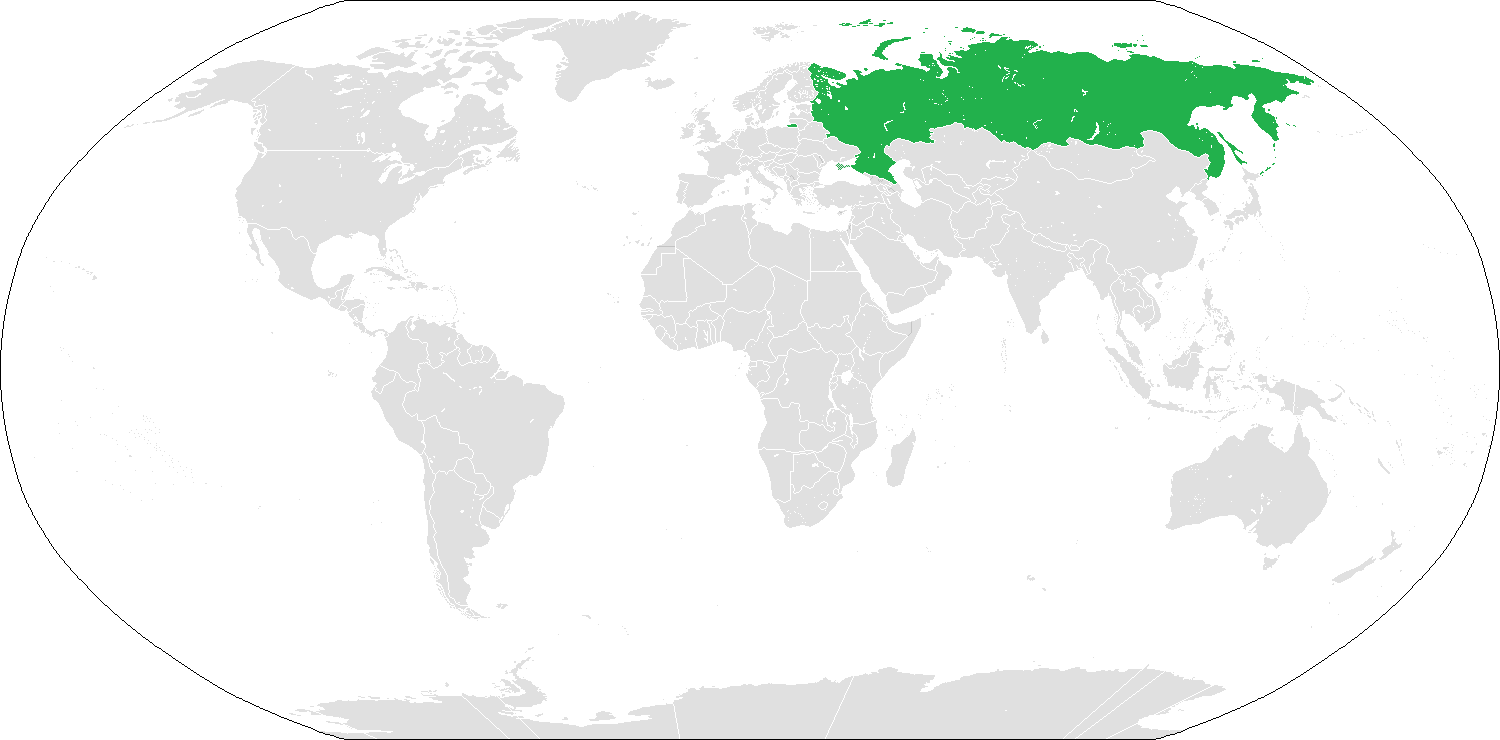|
Carterocephalus Dieckmanni
'' Carterocephalus dieckmanni '' is a species of butterfly found in the East Palearctic (Northeast China, Amur, Ussuri, North Burma) that belongs to the skippers family. Description from Seitz P. dieckmanni Graes. (— gemmatus Leech, demea Oberth.) (87 d) Forewing beneath with the spots in cellules 1 a and 2 united with those in cellule 3, forming an uninterrupted median band. Amur, West-China, Tibet.Seitz, A. ed. Band 1: Abt. 1, ''Die Großschmetterlinge des palaearktischen Faunengebietes, Die palaearktischen Tagfalter'', 1909, 379 Seiten, mit 89 kolorierten Tafeln (3470 Figuren) Subspecies *''Carterocephalus dieckmanni dieckmanni'' - southern Amur and Ussuri *''Carterocephalus dieckmanni minor'' Evans, 1932 - China See also *List of butterflies of Russia This is a list of butterflies of Russia. About 540 species are known from Russia. The butterflies (mostly diurnal) and moths (mostly nocturnal) together make up the taxonomic order Lepidoptera. The history of lepidopt ... [...More Info...] [...Related Items...] OR: [Wikipedia] [Google] [Baidu] |
Ludwig Carl Friedrich Graeser
Ludwig Carl Friedrich (Louis) Graeser (12 February 1840, in Dresden – 9 December 1913, in Hamburg) was a German entomologist who specialised in Palearctic Lepidoptera. He was a bookbinder. His collections are in the Zoological Museum of the Zoological Institute of the Russian Academy of Sciences The Zoological Museum of the Zoological Institute of the Russian Academy of Sciences is a Russian museum devoted to zoology. It is located in Saint Petersburg, on Universitetskaya Embankment. It is one of the ten largest nature history museums ... (Amur, Siberia) and Zoologisches Museum Hamburg (West Palearctic) Works 1888-9 Beiträge zur Kenntnis der Lepidopteren-Fauna des Amurlandes ''Berl. Ent. Zs.'' 32 (1): 33–153 (1888), (2): 309–414 (1889) References *Novomodnyj, E. V. 2003, Puteschestvije L. Grezera Graeser(1881-1885gg.) i ego znatschenije dlja issledovanija tscheschujekrylych (Lepidoptera, Insecta) Dal'nego Vostoka. Tschtenija pamjati Alekseja Ivanovitscha Kuren ... [...More Info...] [...Related Items...] OR: [Wikipedia] [Google] [Baidu] |
Butterfly
Butterflies are insects in the macrolepidopteran clade Rhopalocera from the Order (biology), order Lepidoptera, which also includes moths. Adult butterflies have large, often brightly coloured wings, and conspicuous, fluttering flight. The group comprises the large superfamily (zoology), superfamily Papilionoidea, which contains at least one former group, the skippers (formerly the superfamily "Hesperioidea"), and the most recent analyses suggest it also contains the moth-butterflies (formerly the superfamily "Hedyloidea"). Butterfly fossils date to the Paleocene, about 56 million years ago. Butterflies have a four-stage life cycle, as like most insects they undergo Holometabolism, complete metamorphosis. Winged adults lay eggs on the food plant on which their larvae, known as caterpillars, will feed. The caterpillars grow, sometimes very rapidly, and when fully developed, pupate in a chrysalis. When metamorphosis is complete, the pupal skin splits, the adult insect climbs o ... [...More Info...] [...Related Items...] OR: [Wikipedia] [Google] [Baidu] |
Palearctic
The Palearctic or Palaearctic is the largest of the eight biogeographic realms of the Earth. It stretches across all of Eurasia north of the foothills of the Himalayas, and North Africa. The realm consists of several bioregions: the Euro-Siberian region; the Mediterranean Basin; the Sahara and Arabian Deserts; and Western, Central and East Asia. The Palaearctic realm also has numerous rivers and lakes, forming several freshwater ecoregions. The term 'Palearctic' was first used in the 19th century, and is still in use as the basis for zoogeographic classification. History In an 1858 paper for the ''Proceedings of the Linnean Society'', British zoologist Philip Sclater first identified six terrestrial zoogeographic realms of the world: Palaearctic, Aethiopian/Afrotropic, Indian/Indomalayan, Australasian, Nearctic, and Neotropical. The six indicated general groupings of fauna, based on shared biogeography and large-scale geographic barriers to migration. Alfred Wallace a ... [...More Info...] [...Related Items...] OR: [Wikipedia] [Google] [Baidu] |
Hesperiidae
Skippers are a family of the Lepidoptera (moths and butterflies) named the Hesperiidae. Being diurnal, they are generally called butterflies. They were previously placed in a separate superfamily, Hesperioidea; however, the most recent taxonomy places the family in the superfamily Papilionoidea, the butterflies. They are named for their quick, darting flight habits. Most have their antenna tips modified into narrow, hook-like projections. Moreover, skippers mostly have an absence of wing-coupling structure available in most moths. More than 3500 species of skippers are recognized, and they occur worldwide, but with the greatest diversity in the Neotropical regions of Central and South America.Ackery et al. (1999) Description and systematics Traditionally, the Hesperiidae were placed in a monotypic superfamily Hesperioidea, because they are morphologically distinct from other Rhopalocera (butterflies), which mostly belong to the typical butterfly superfamily Papilionoidea. The ... [...More Info...] [...Related Items...] OR: [Wikipedia] [Google] [Baidu] |
List Of Butterflies Of Russia
This is a list of butterflies of Russia. About 540 species are known from Russia. The butterflies (mostly diurnal) and moths (mostly nocturnal) together make up the taxonomic order Lepidoptera. The history of lepidopterology in Russia is connected with the organization of the first Russian museum The Kunstkamera established by Peter the Great in 1714. In 1717, he purchased the collection of Albert Seba, a merchant from Amsterdam, for the new museum. In 1832 the Zoological Museum of the Imperial Academy of Sciences was separated as a distinct institution which in 1931 became the Zoological Institute of the USSR Academy of Sciences (since 1991 — Russian Academy of Sciences). In 1859, the then director of the Zoological Museum, Johann Friedrich von Brandt was one of the founders of the Russian Entomological Society in 1859 and in St. Petersburg . Other founders were Karl Ernst von Baer, Ya. A. Kushakevich, Colonel Alexander Karlovich Manderstern, Alexander von Middendorff an ... [...More Info...] [...Related Items...] OR: [Wikipedia] [Google] [Baidu] |
_male_in_flight.jpg)

